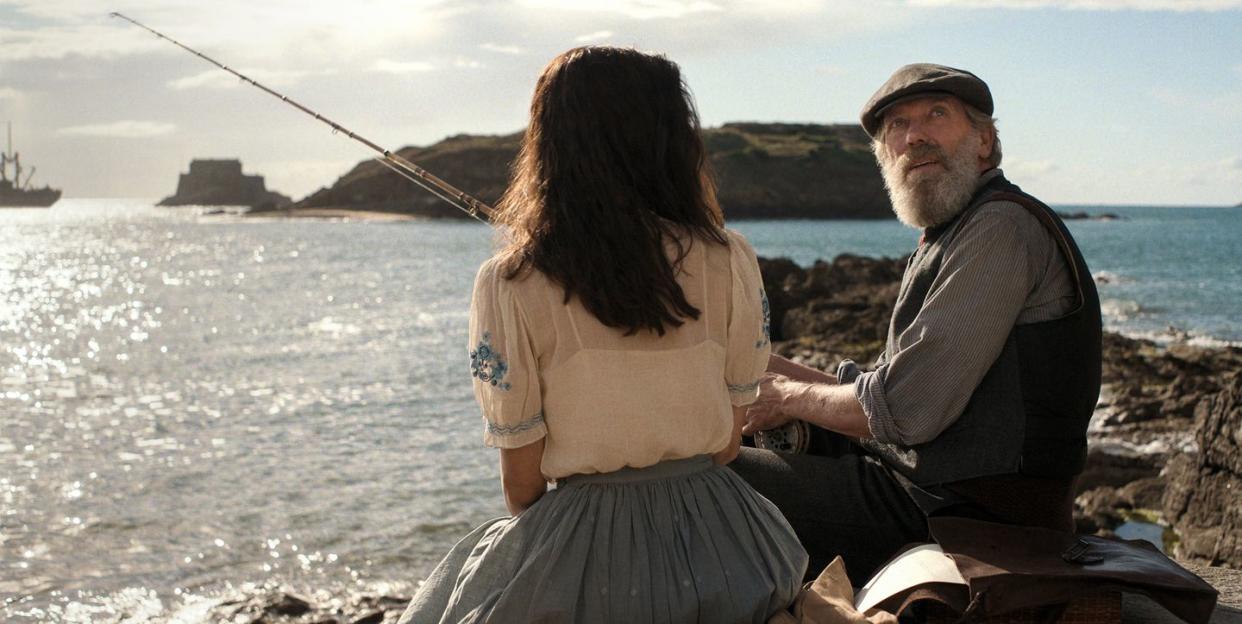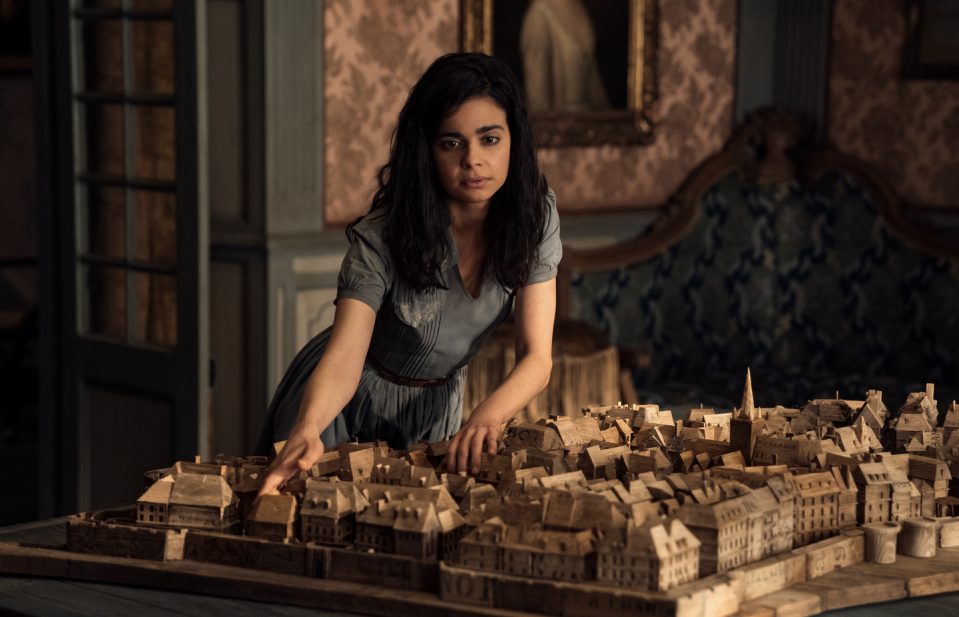Is the footage at the end of All The Light We Cannot See real?

- Oops!Something went wrong.Please try again later.
Contains spoilers
Netflix's adaptation of Anthony Doerr's All The Light We Cannot See has finally arrived on the streaming platform today (2nd November). The four-part mini series tells the moving story of two teenagers caught up in World War II. There's Marie-Laure, a blind French teenager and Werner, a German orphan forced to join and fight for the Nazis. The pair are linked by their love of a certain radio station they both grew up listening to, and it surprisingly brings them closer in the French coastal town of Saint-Malo, which the Germans have occupied.
The series will have you weeping, feeling angry and leave you full of questions. And the main question we had when watching the ending is is the black and white footage during the credits actually from World War II? Well, we did some digging and this is everything you need to know.

Is the footage at the end of All The Light We Cannot See real?
At the end of the mini series (spoiler alert) the Americans free the town of Saint-Malo from the Nazis, Werner surrenders to the Americans, ensuring he is not killed and Marie throws the Sea of Flames diamond into the sea as the town of Saint-Malo celebrates its freedom. The credits then begin to roll accompanied with a selection of black and white footage of Saint-Malo.
In the footage the city is full of destroyed buildings, a man is clearing up the bombed town and a selection of street signs are shown abandoned on the floor. It's a poignant and moving moment, and it turns out the footage is actually from World War II.
At the end of the credits, the footage is credited as coming from: "Archives Cinémathèque De Bretagne Saint-Malo Ville Assassinée - Emile Gaudu - 1945."
And after a little digging we found more of what appears to be similar footage on Cinémathèque De Bretagne's website by Emile Gaudu. The full footage is 16 minutes long and was shot on 35mm film. The footage shows the beautiful city of Saint-Malo before and after the war.
It feels even more poignant now watching that footage back at the end of All The Light We Cannot See knowing it was from World War II.
All The Light We Cannot See is available on Netflix now
You Might Also Like

